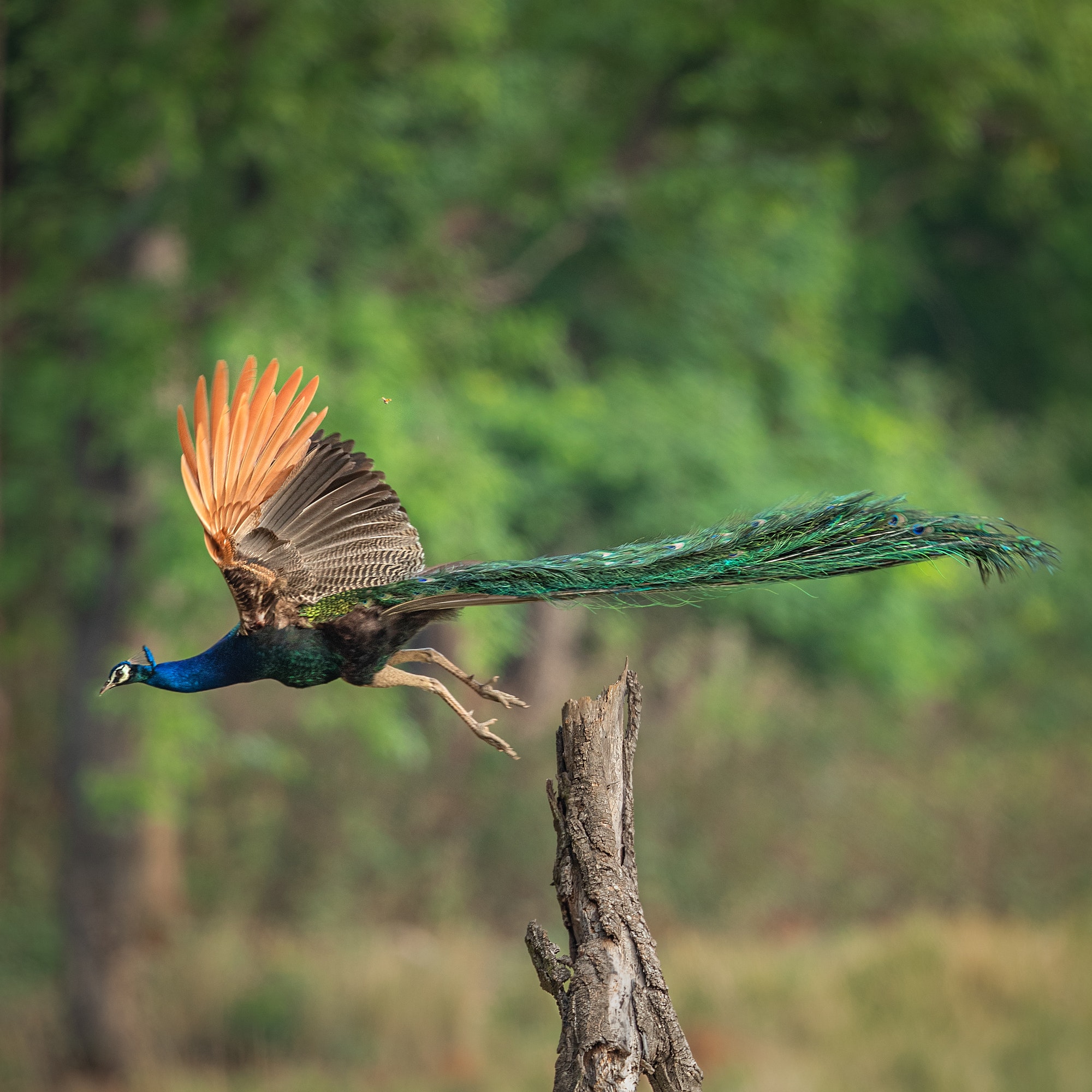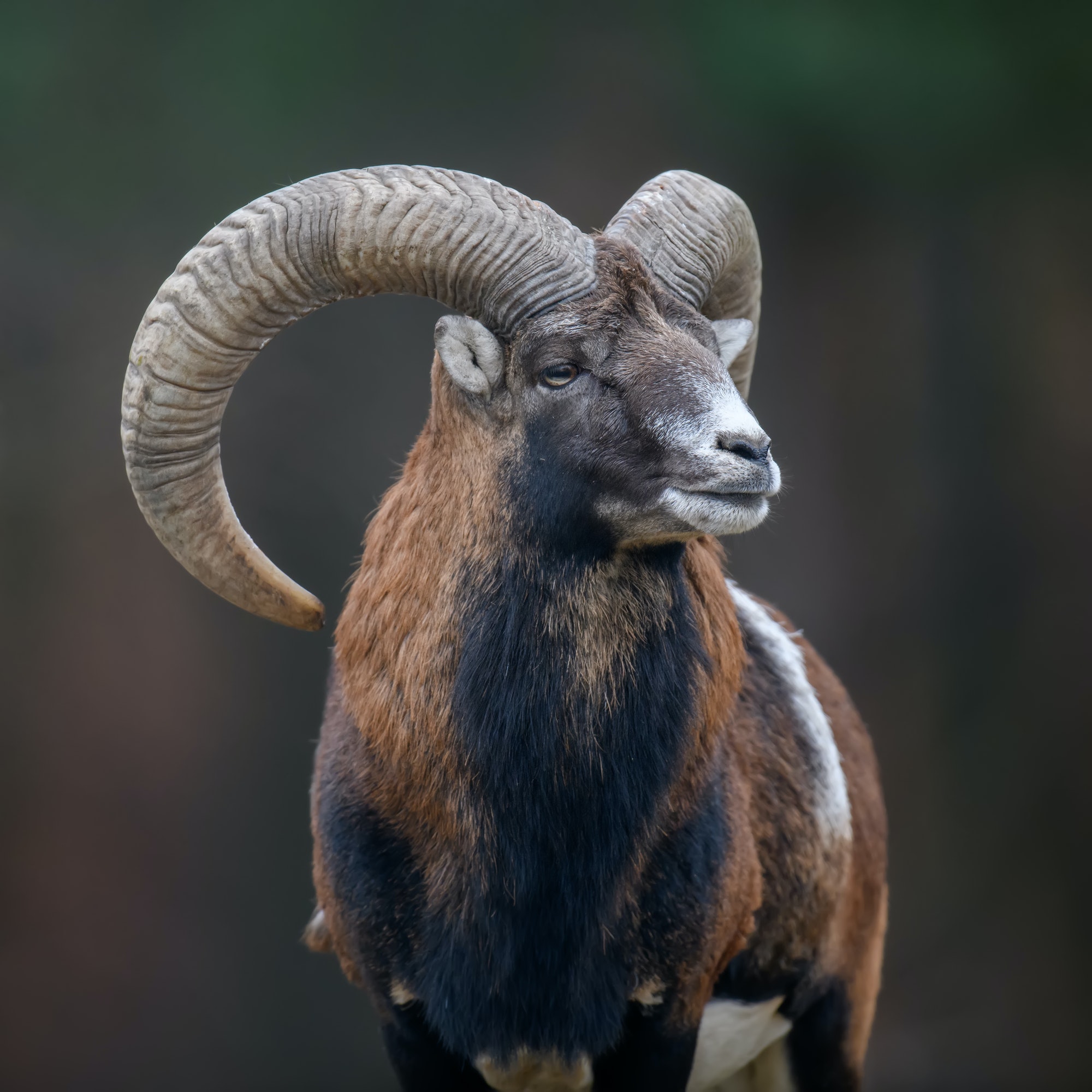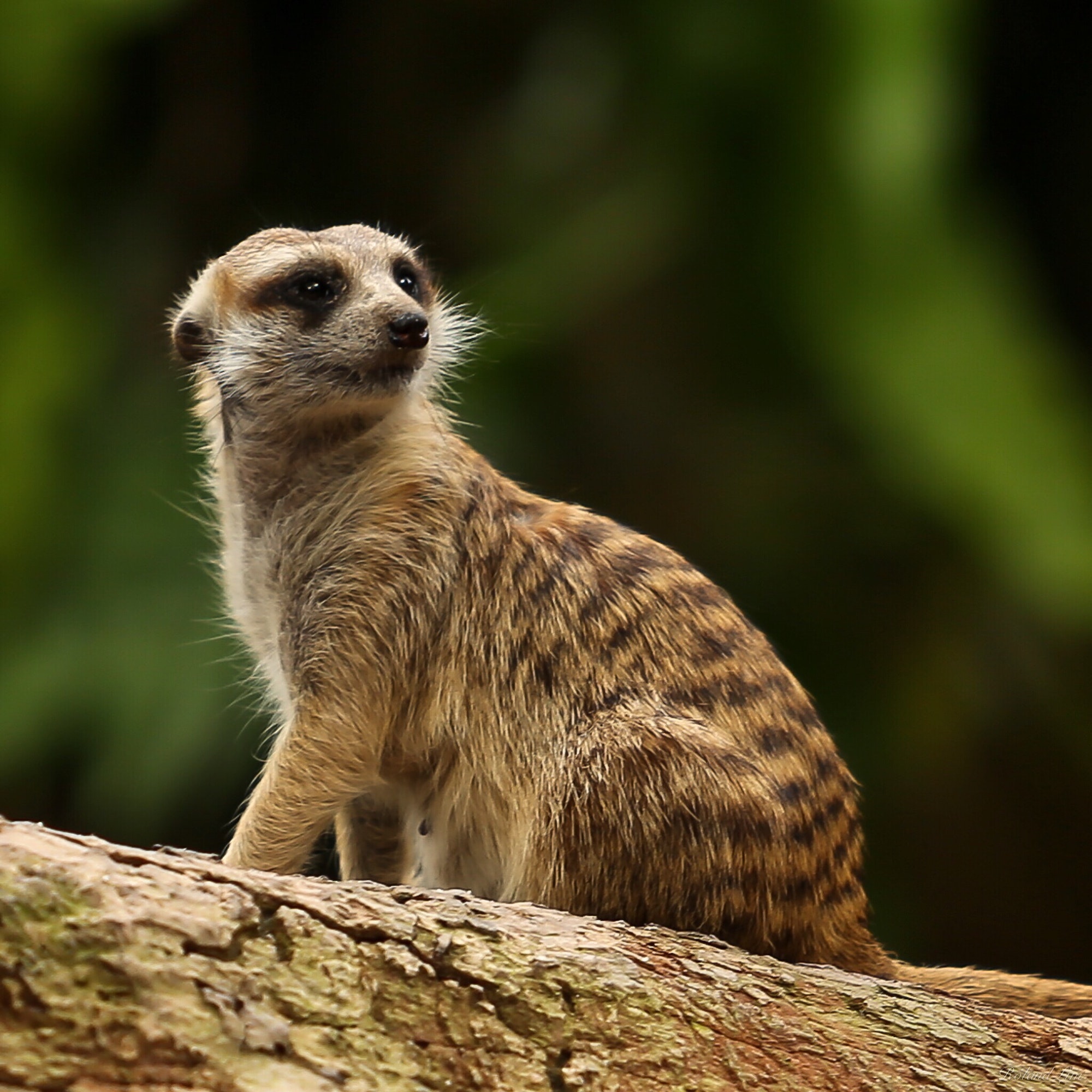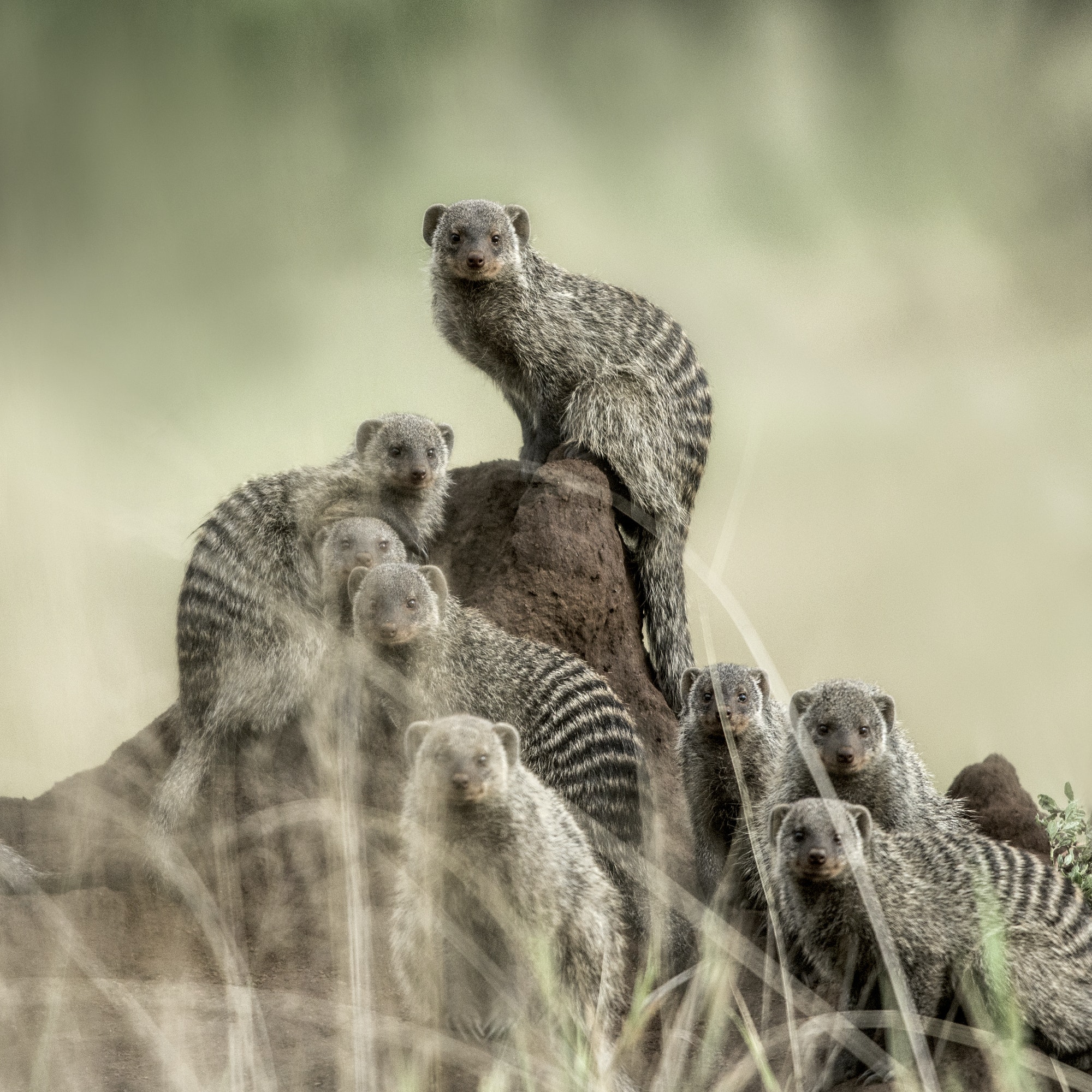The Iberian Lynx
The Iberian Lynx: A Majestic and Endangered Predator

The Iberian Lynx, the world’s most endangered wild cat species, holds a majestic presence in the vast landscapes of the Iberian Peninsula. With its distinctive tufted ears, spotted fur, and piercing eyes, this elusive feline captivates wildlife enthusiasts and conservationists alike.
Physical Characteristics and Habitat of the Iberian Lynx
The Iberian Lynx is a medium-sized cat, with males weighing around 12 to 15 kilograms and females slightly smaller at 9 to 12 kilograms. It has a compact and muscular body adapted for agility and speed. Its short tail, long legs, and sturdy paws allow it to navigate through the dense vegetation of its preferred habitat.
Speaking of habitat, the Iberian Lynx primarily inhabits Mediterranean scrublands and forests, particularly in southwestern Spain and Portugal. These regions provide the lynx with the necessary cover for hunting and breeding and a sufficient population of its main prey, the European rabbit.
Endangered Status and Conservation Efforts
Unfortunately, the Iberian lynx is critically endangered, with a population that has dwindled to dangerously low numbers. Habitat loss due to urbanization, road construction, and agriculture has dramatically impacted their numbers. Additionally, diseases and the decline of the rabbit population have further threatened their survival.
However, there is hope. Conservation efforts have been initiated to save this iconic species from extinction. One such initiative is the establishment of captive breeding programs. These programs aim to breed Iberian lynx in captivity and then release them into the wild, boosting their numbers and genetic diversity.
Another vital aspect of conservation is habitat restoration. By creating protected areas and implementing sustainable land management practices, conservationists strive to provide the lynx with suitable habitats and ensure prey availability. These efforts benefit the Iberian Lynx and contribute to the preservation of the entire ecosystem.
Diet and Hunting Behavior of the Iberian Lynx
The Iberian lynx is a specialized predator, relying heavily on rabbits for its diet. Rabbits make up around 80% of its food intake. The lynx’s hunting strategy truly displays its remarkable agility and stealth. With its keen senses and powerful legs, it can pounce on its prey from a distance of up to 5 meters, delivering a fatal bite to the neck.
Interestingly, the decline in the rabbit population has led to changes in the lynx’s hunting behavior. As the availability of rabbits decreases, the lynx has been observed to diversify its diet, targeting other small mammals such as rodents and birds. While adaptable, this change emphasizes the importance of rabbit conservation for the survival of the Iberian lynx.
Reproduction and Lifecycle of the Iberian Lynx
The reproductive cycle of the Iberian lynx is closely tied to the availability of prey. Breeding occurs between December and February, with females going into heat for only a few days. After a gestation period of around 63 days, the female gives birth to a litter of usually 2–3 kittens. These kittens are born blind and helpless, relying entirely on their mother for survival.
At around two weeks, their eyes open, and by four weeks, they start exploring their surroundings. The mother provides food for her children until they are about six months old when they begin to venture out independently. The survival rate of the kittens is relatively low, with natural mortality and human-related threats posing significant challenges.
Interactions with Other Species in the Ecosystem
As a top predator, the Iberian lynx plays a crucial role in maintaining the balance of its ecosystem. Controlling the population of rabbits and other small mammals helps regulate their numbers, preventing overgrazing and habitat degradation. This, in turn, benefits various plant species and promotes a healthy ecosystem.
Moreover, the presence of the Iberian lynx has positively impacted other species. The lynx’s habitat requirements, such as dense vegetation for cover, provide suitable conditions for various bird species and other mammals. Protecting the lynx’s habitat ultimately benefits many wildlife on the Iberian Peninsula.
Cultural Significance and History of the Iberian Lynx
The Iberian Lynx holds a significant place in the cultural history of the Iberian Peninsula. Its image can be found in ancient cave paintings dating back thousands of years. These depictions highlight the deep connection between humans and this magnificent feline throughout history.
Unfortunately, in the past, the Iberian lynx was heavily persecuted due to conflicts with farmers and hunters. This, combined with habitat destruction, led to a severe decline in its population. However, attitudes have shifted in recent years, and efforts are being made to protect and preserve this iconic species.
Interesting Facts and Lesser-Known Information about the Iberian Lynx
- The Iberian lynx is the world’s most endangered wild cat species, with only around 400 individuals remaining.
- Its scientific name, Lynx pardinus, reflects its spotted fur, as “pardinus” is derived from the Latin word for leopard.
- The tufted ears of the Iberian lynx serve as visual and auditory communication signals, allowing for subtle communication between individuals.
- Unlike other lynx species, the Iberian lynx is not known for its vocalizations. It mainly communicates through body language and scent markings.
- The Iberian lynx has a relatively short lifespan, with individuals typically living for around ten years in the wild.
How to Support the Conservation of the Iberian Lynx
If the plight of the Iberian Lynx inspires you and you would like to contribute to its conservation, there are several ways you can get involved:
- Support organizations and initiatives that protect the Iberian Lynx, such as the Iberian Lynx Conservation Program.
- Educate yourself and others about the importance of conservation and the delicate balance of ecosystems.
- Be mindful of your ecological footprint. Make sustainable choices in your daily life to reduce habitat destruction and support wildlife conservation efforts.
- Consider volunteering or donating to wildlife conservation organizations that work towards protecting endangered species like the Iberian lynx.
- Spread awareness about the Iberian Lynx and its conservation needs through social media, community events, and other platforms.
Conclusion
The Iberian Lynx, with its grace, beauty, and endangered status, is a powerful symbol of the challenges faced by wildlife in the modern world. Through concerted conservation efforts, we can save this iconic species from the brink of extinction and ensure that future generations can marvel at its presence in the landscapes of the Iberian Peninsula.
Join us in supporting the conservation of the Iberian Lynx and preserving the delicate balance it maintains in its ancient homeland. Through collective action, we can make a difference and secure a future where the Iberian Lynx continues to roam freely, a testament to the resilience and beauty of nature.







